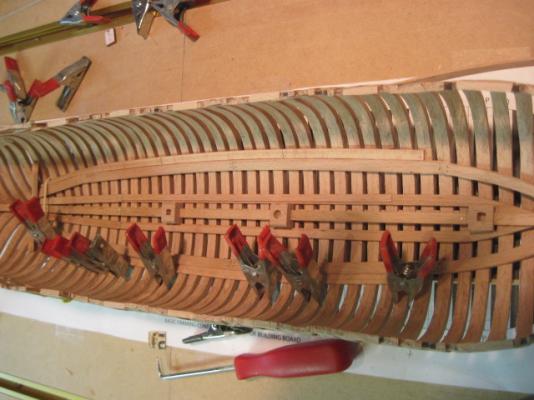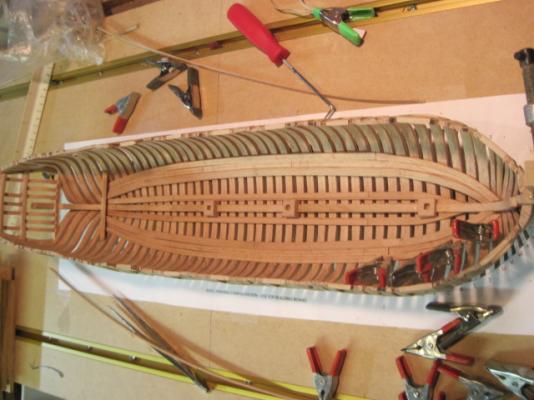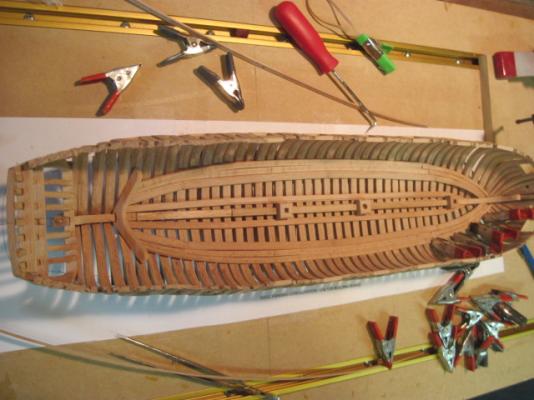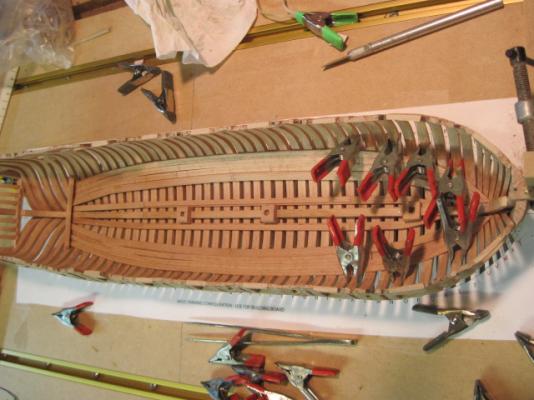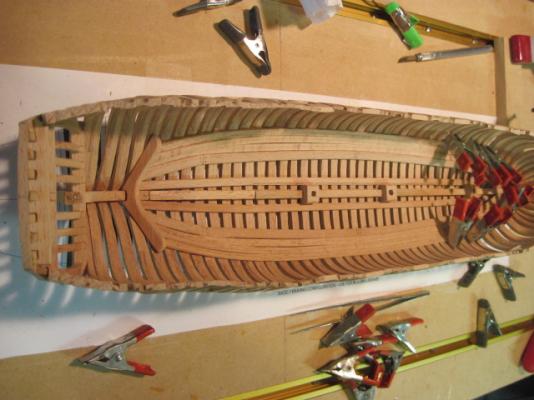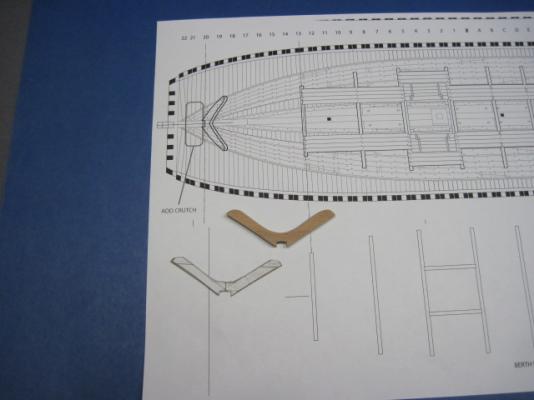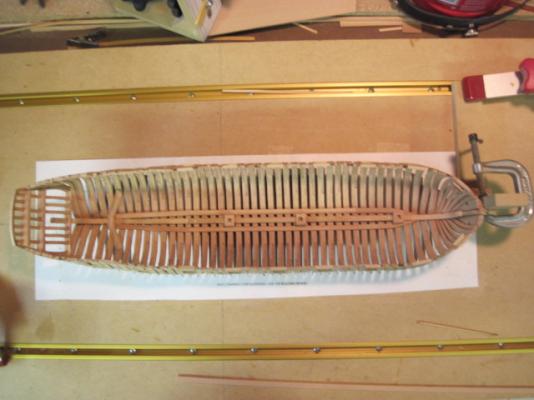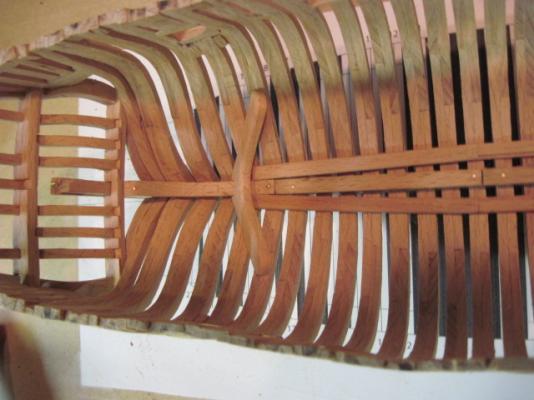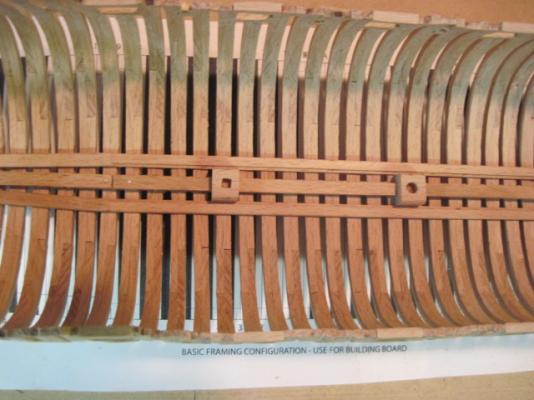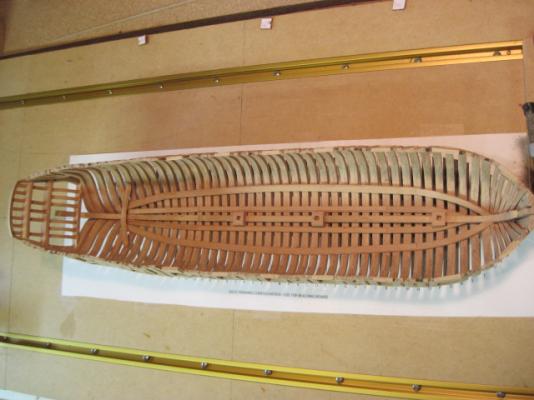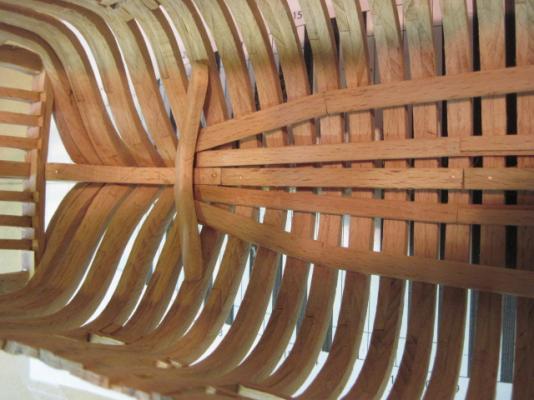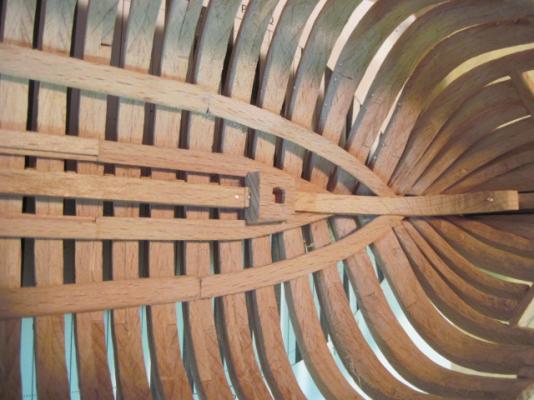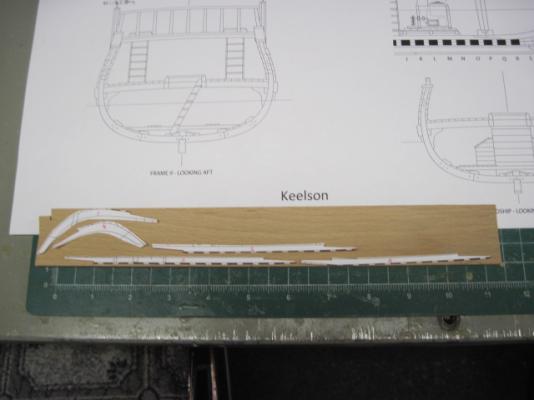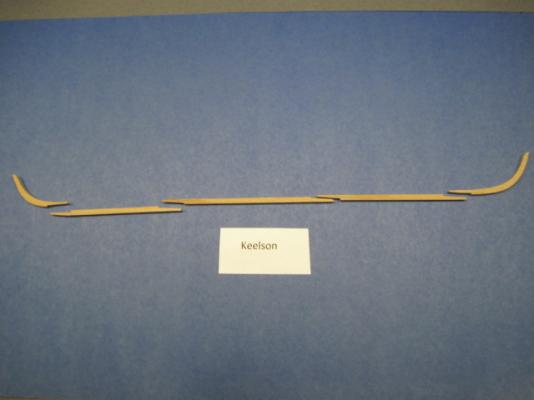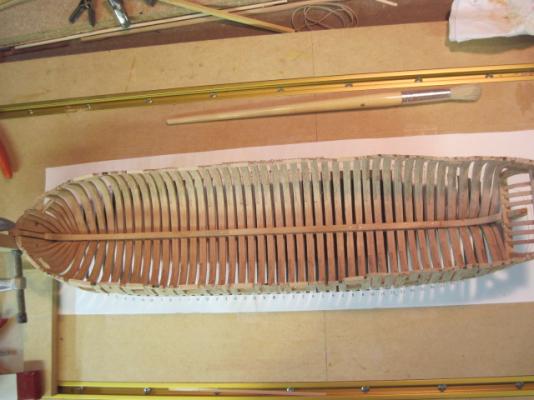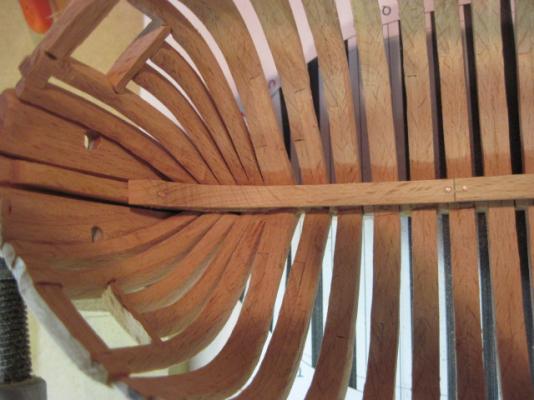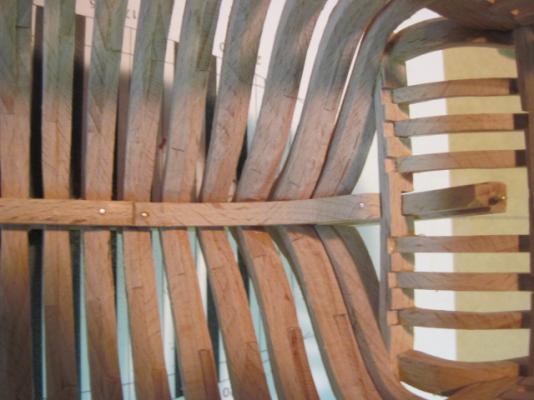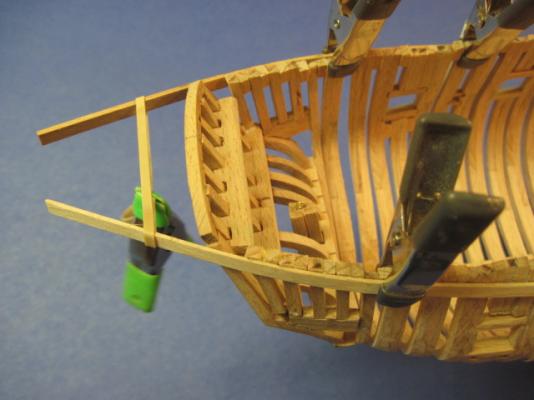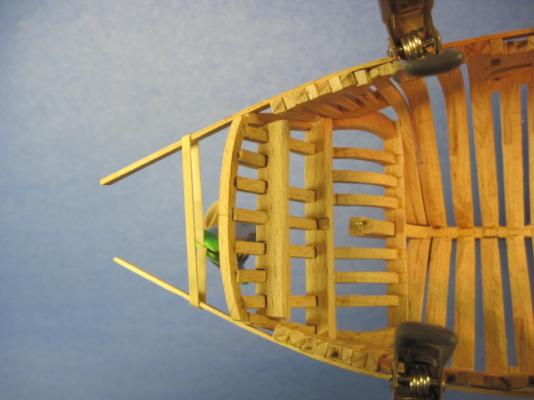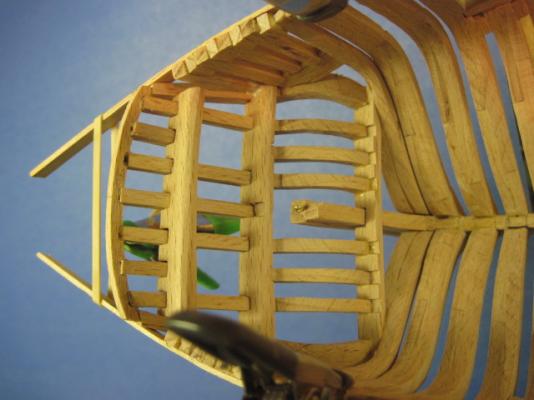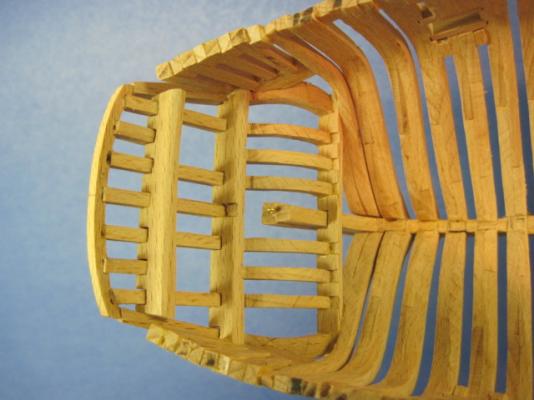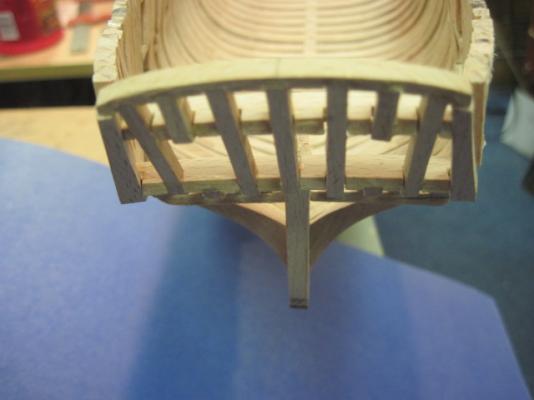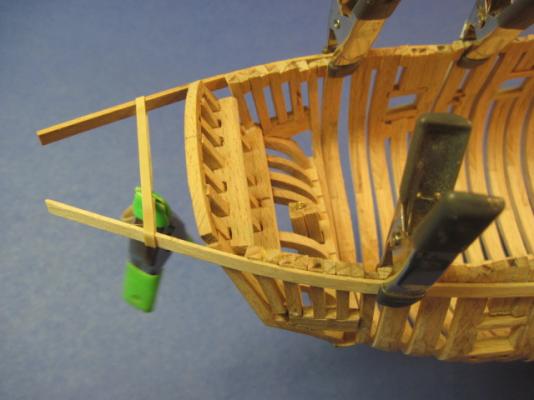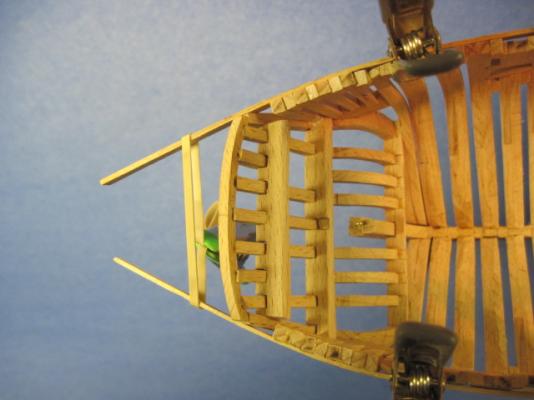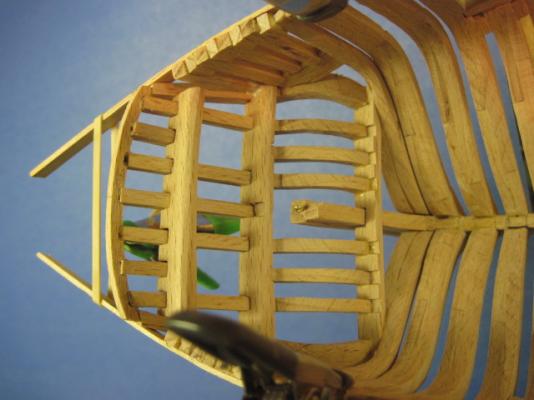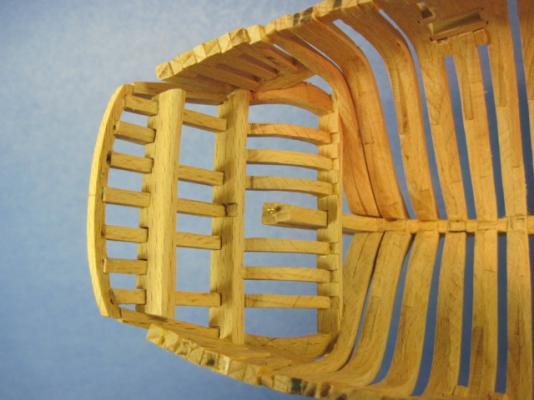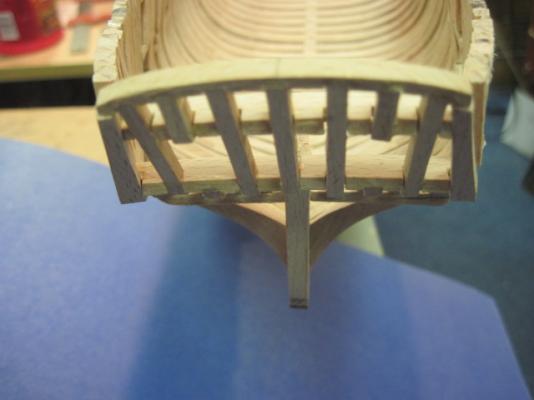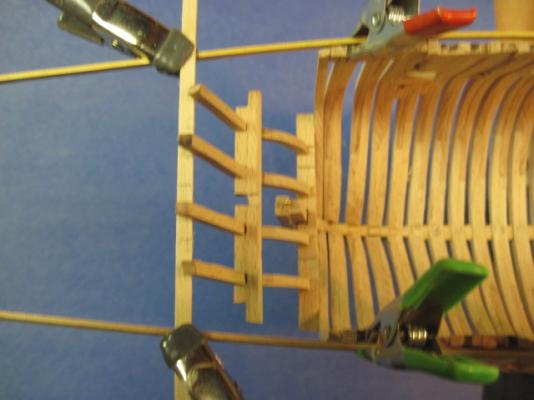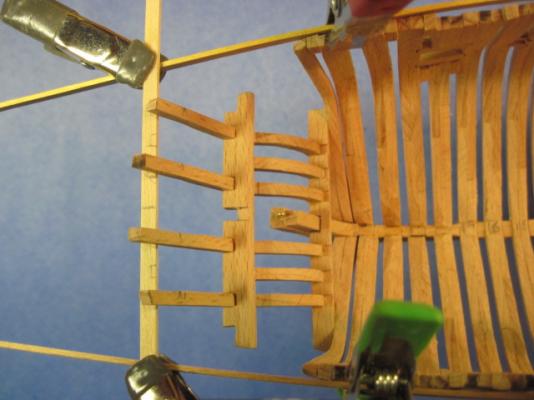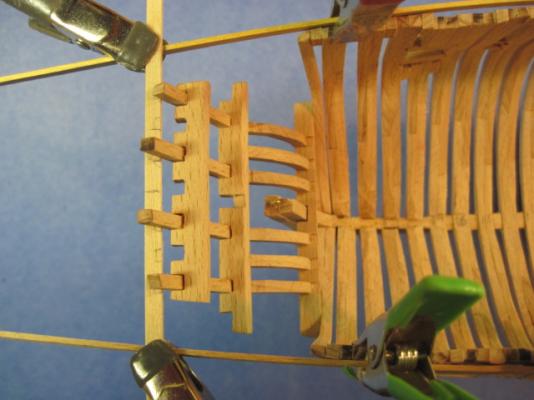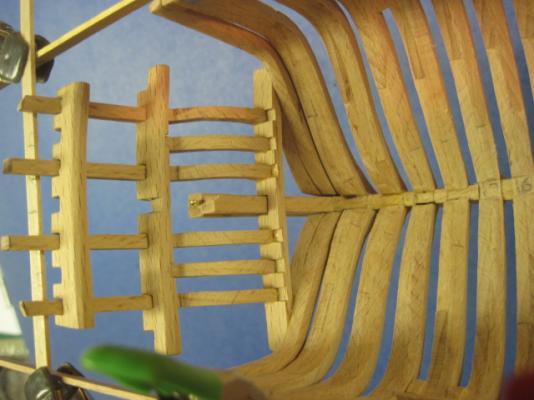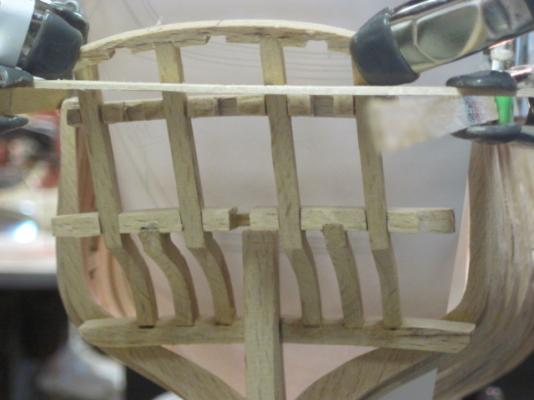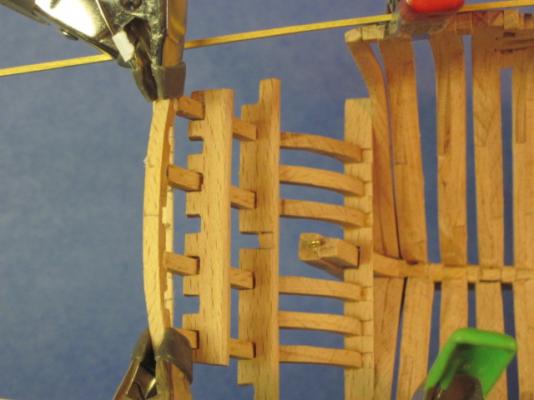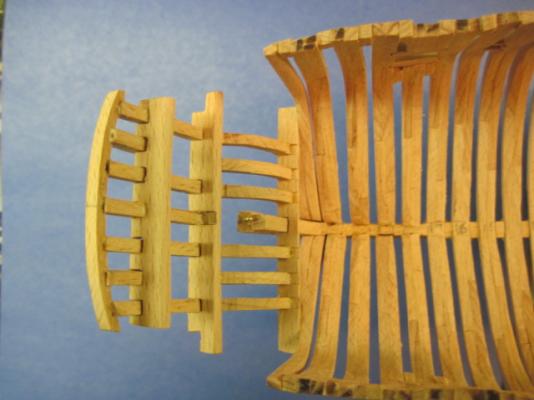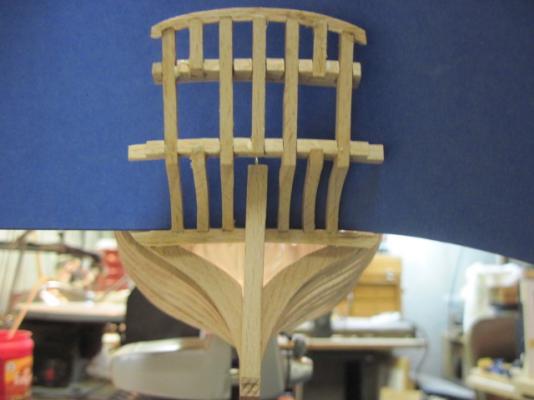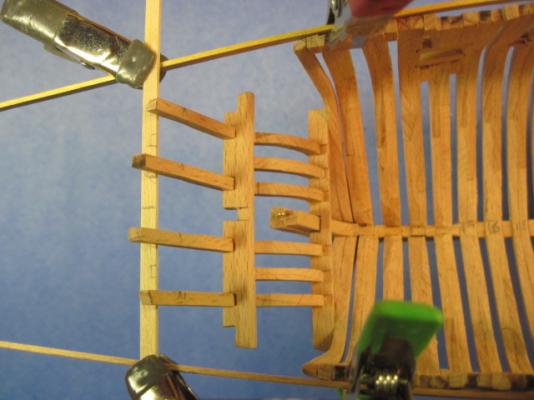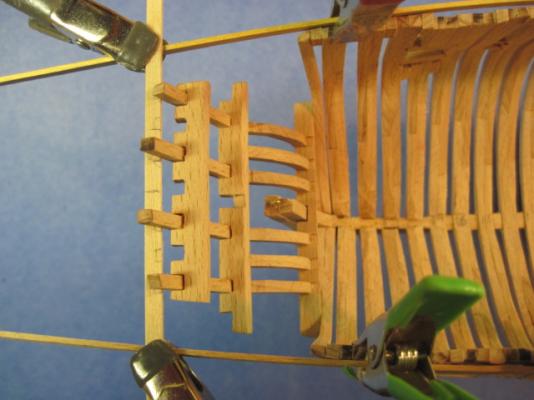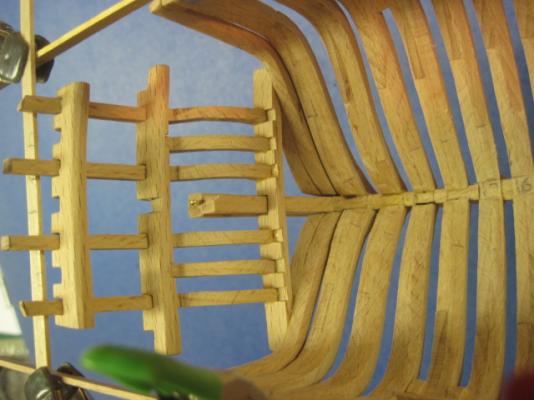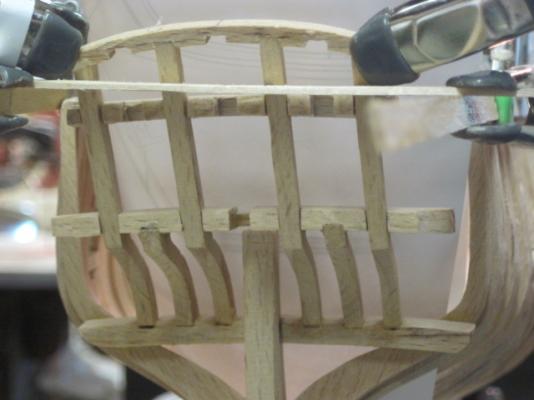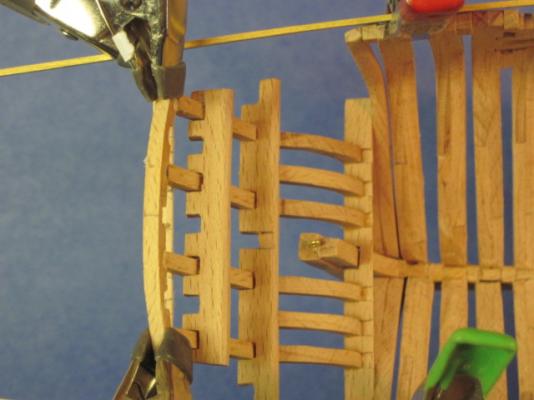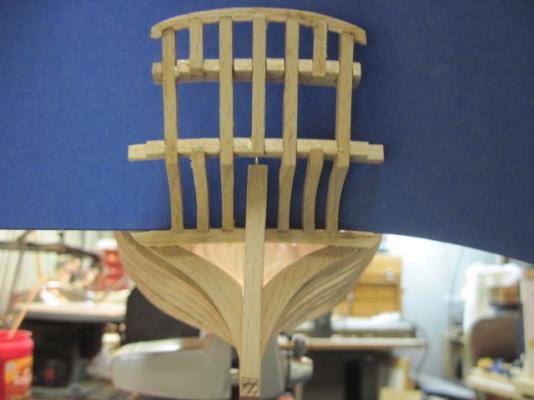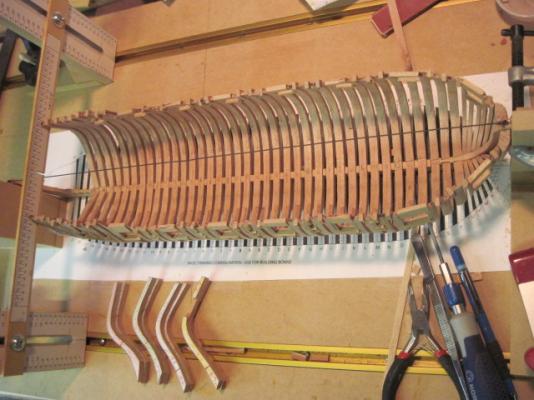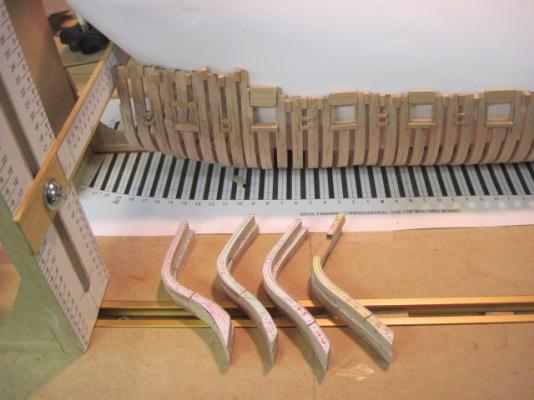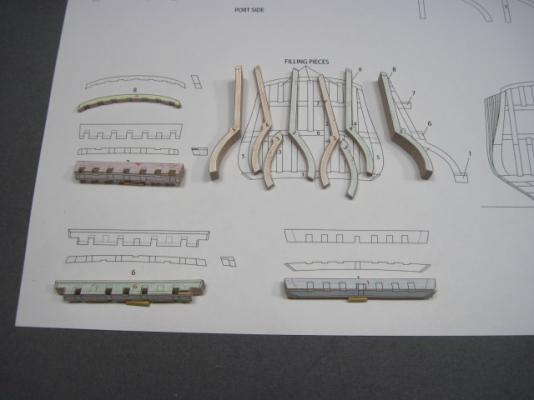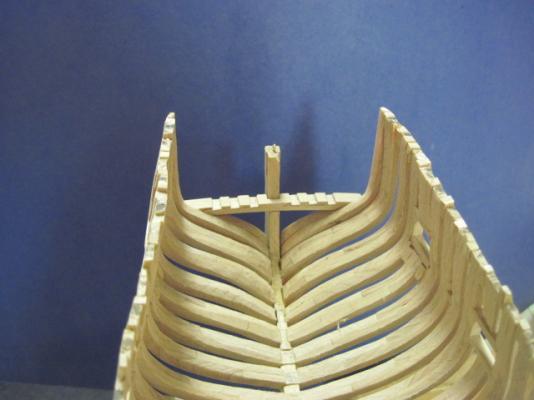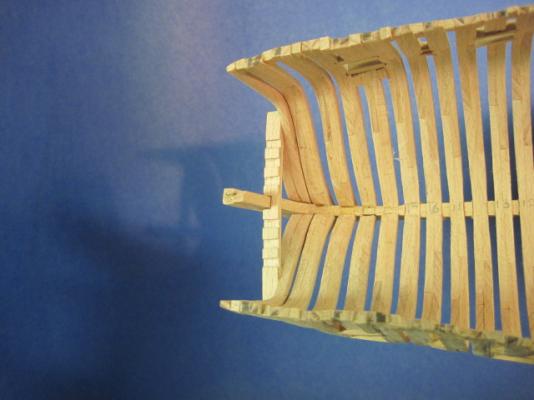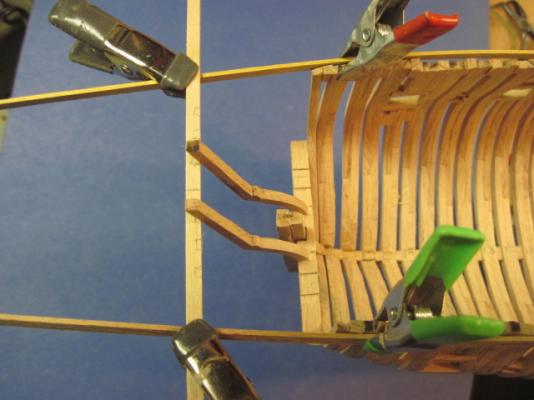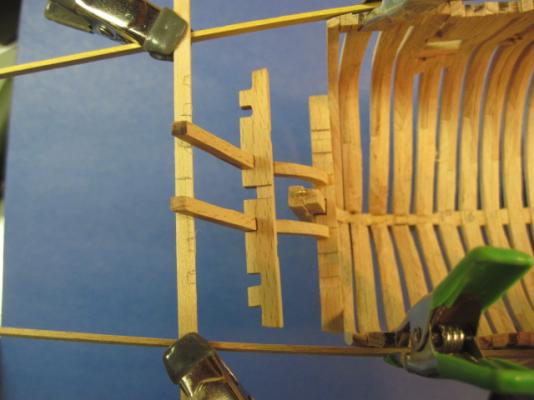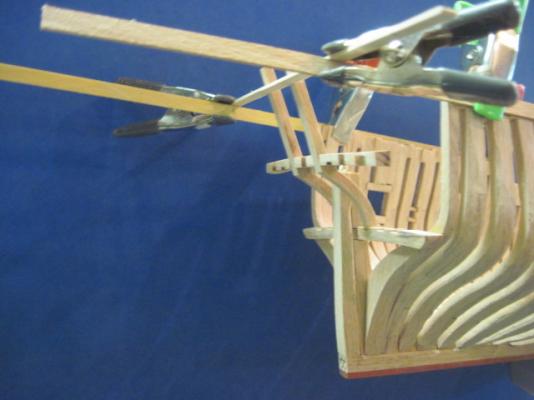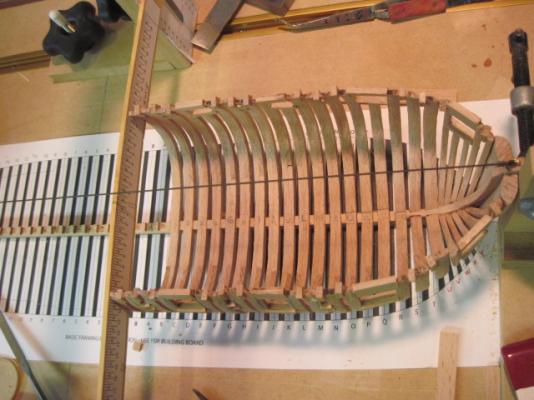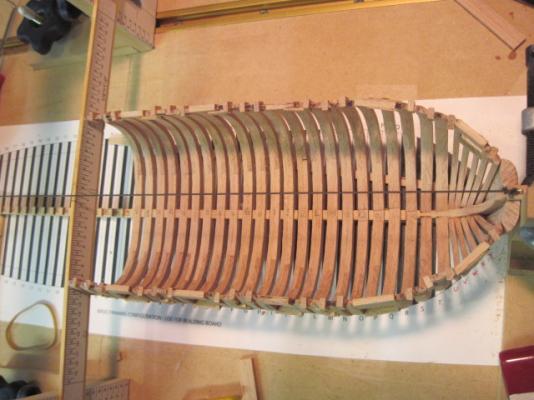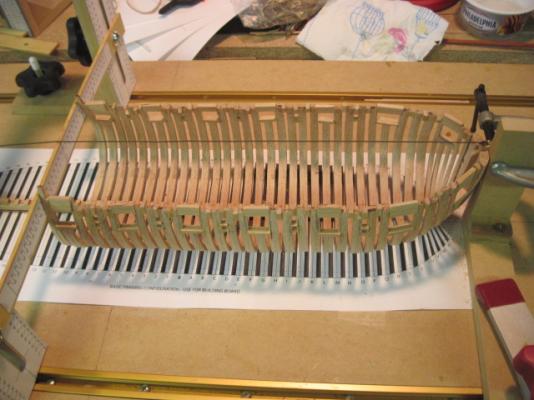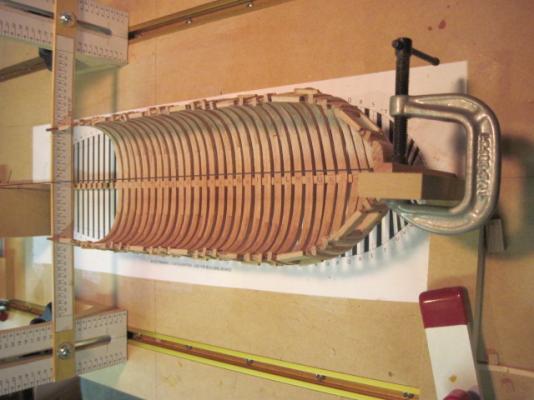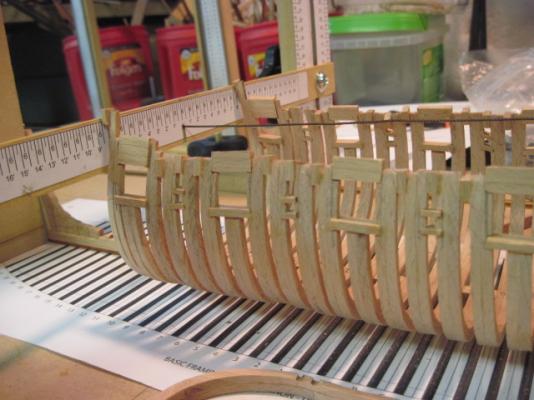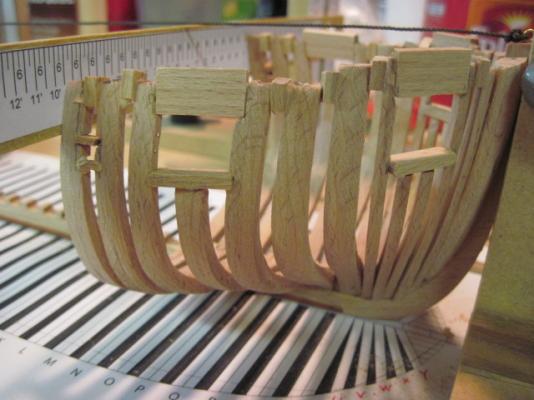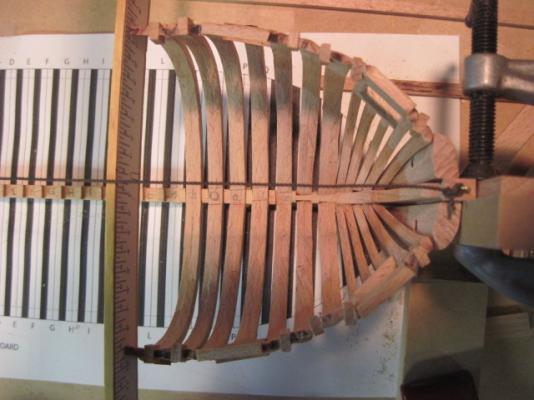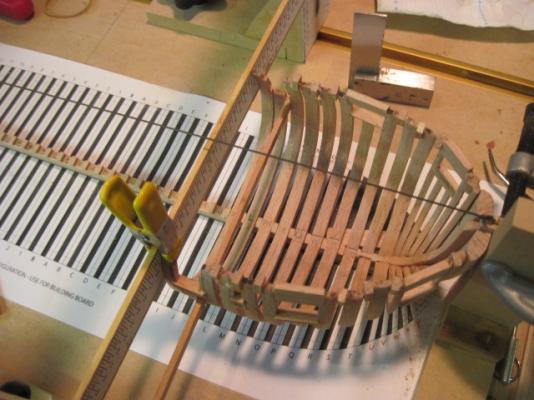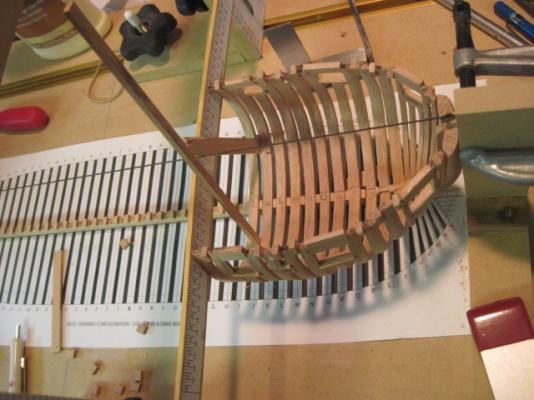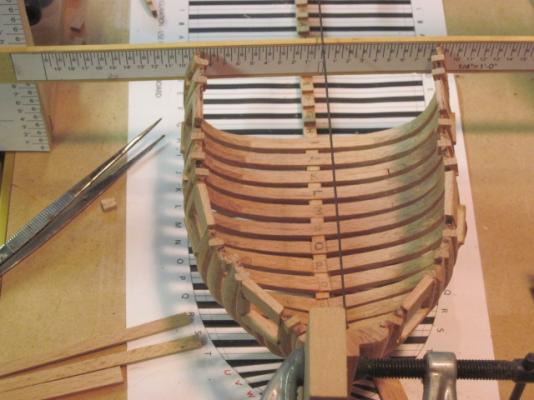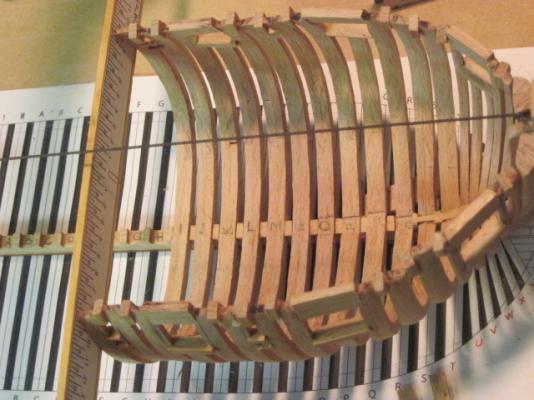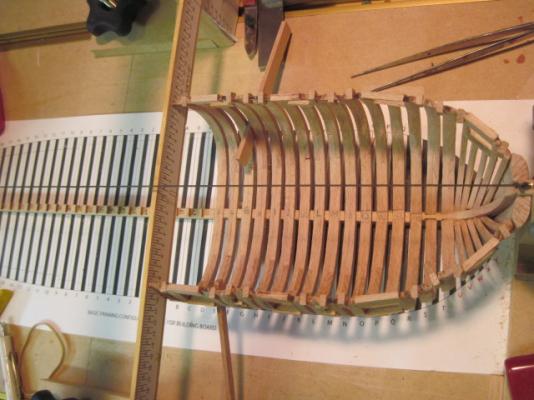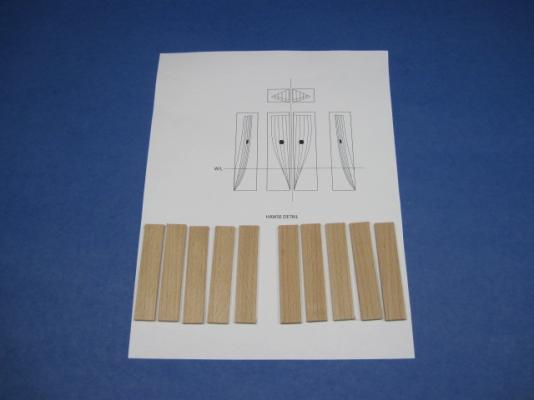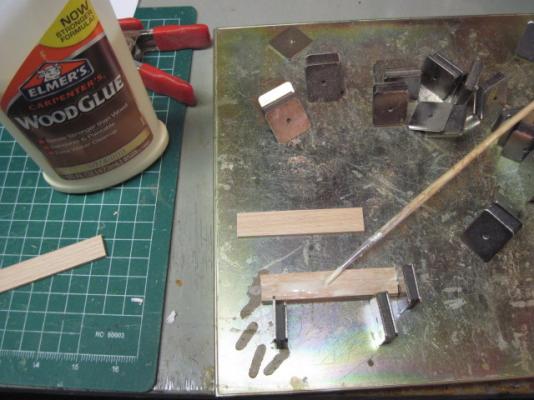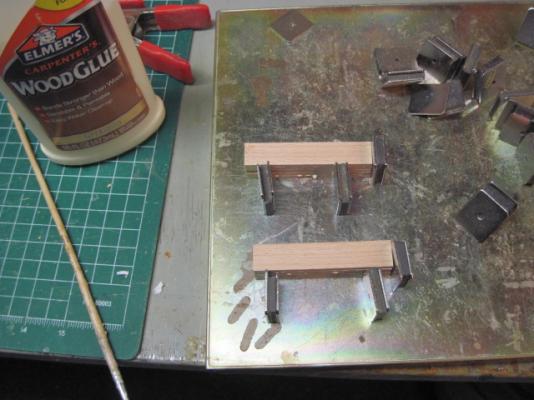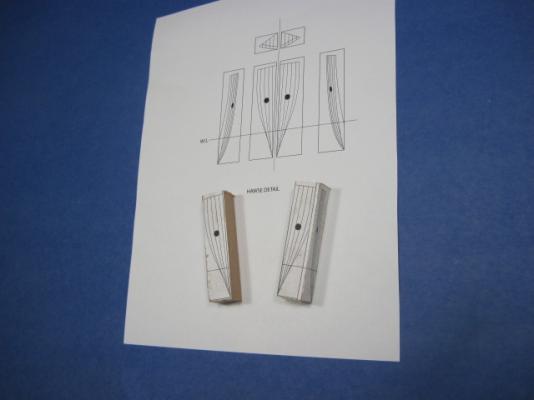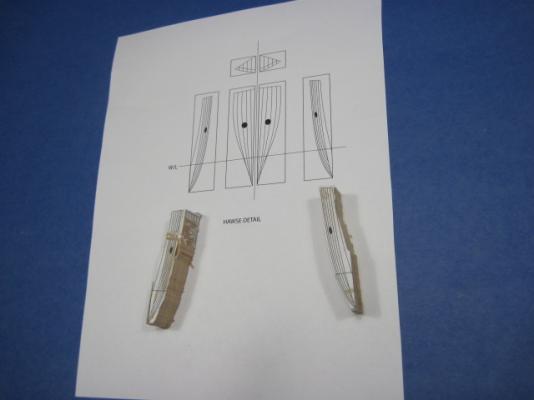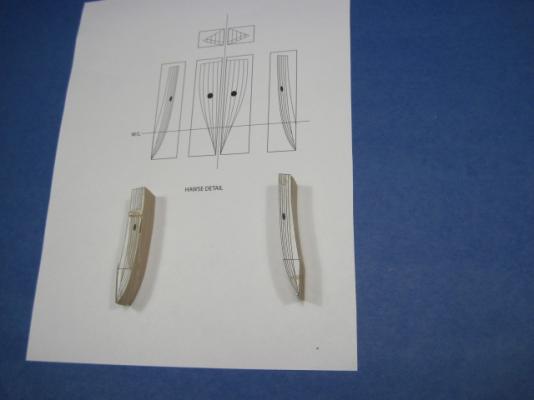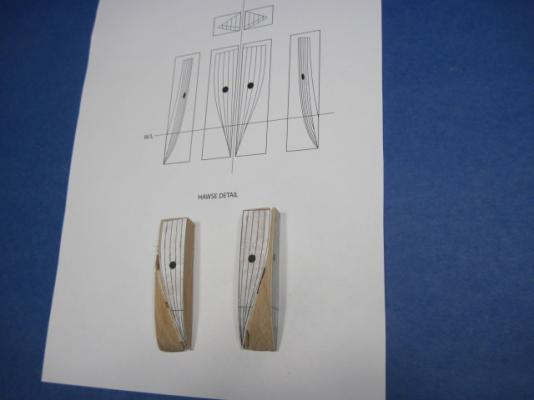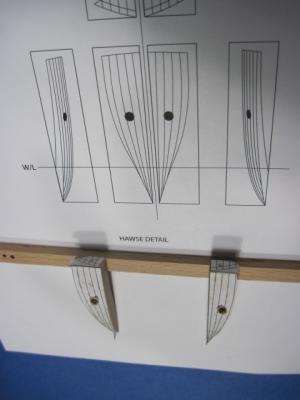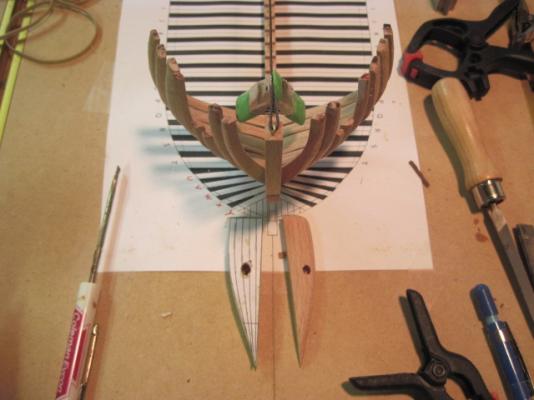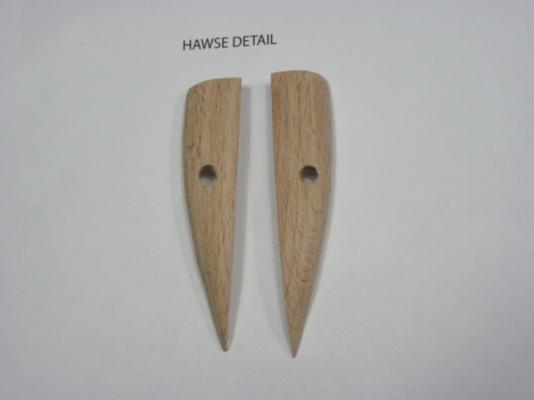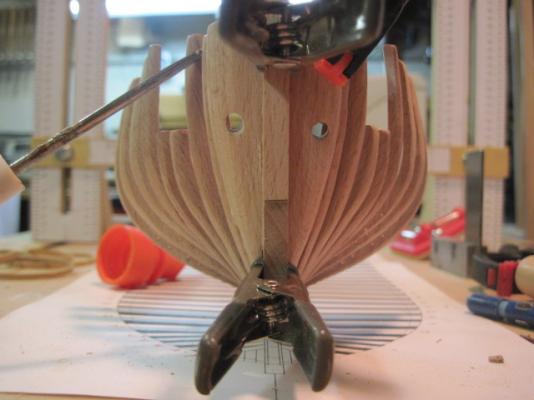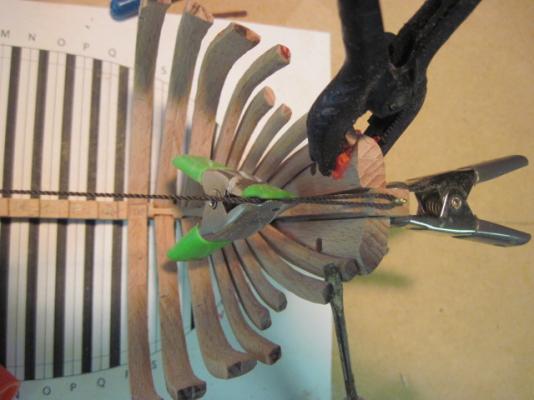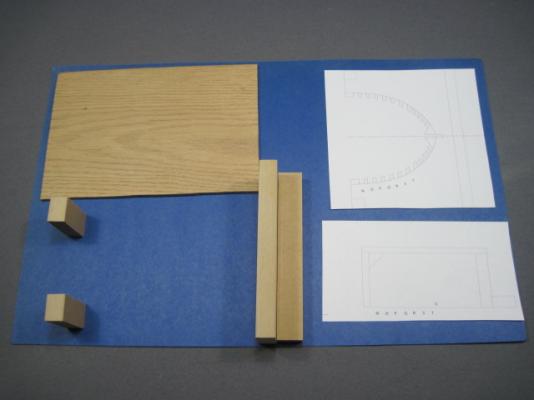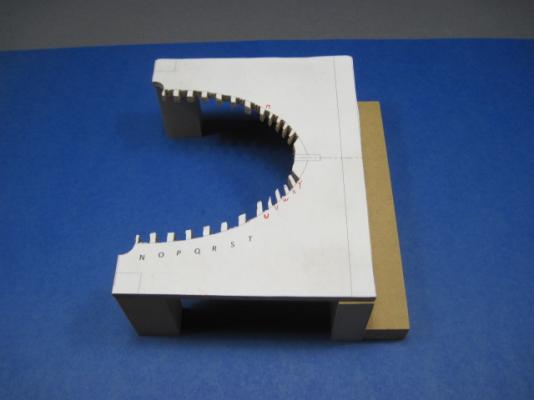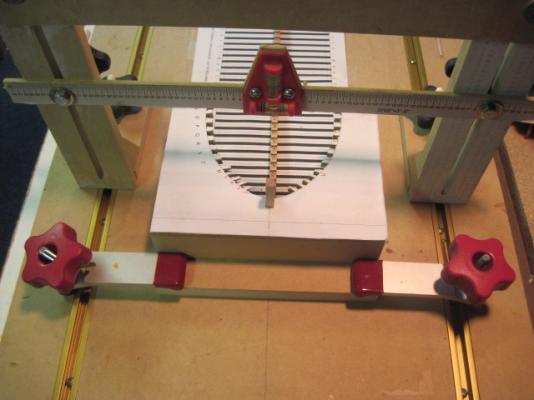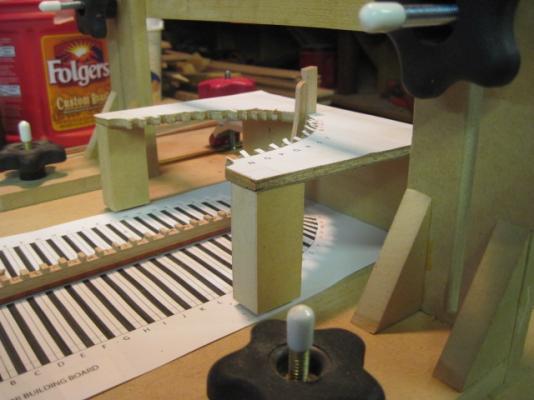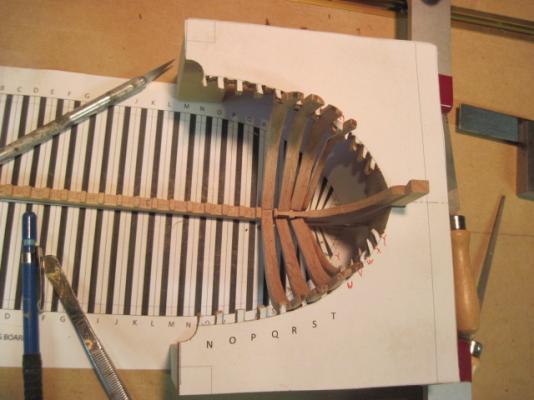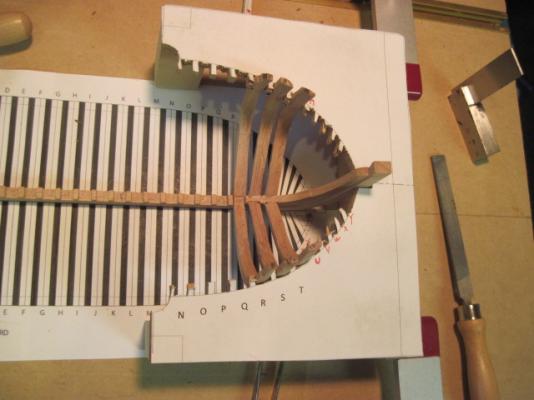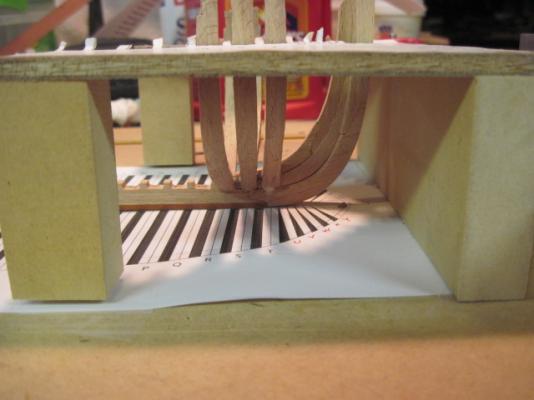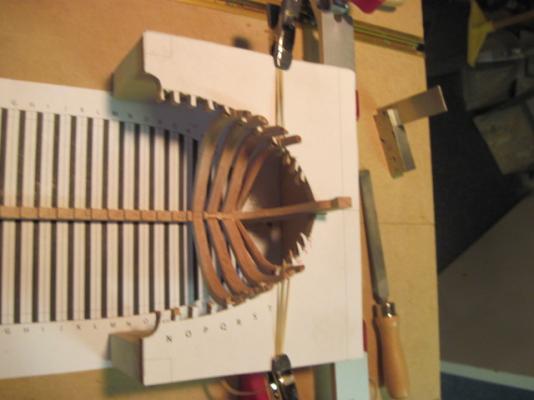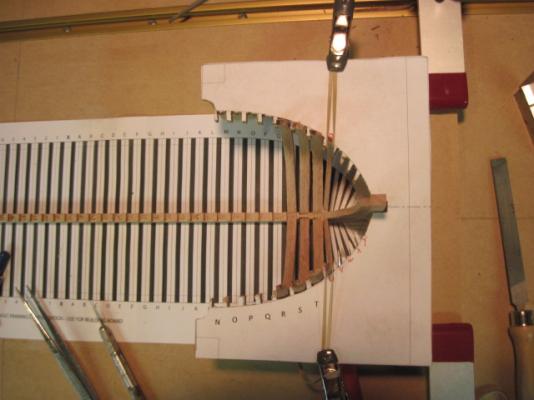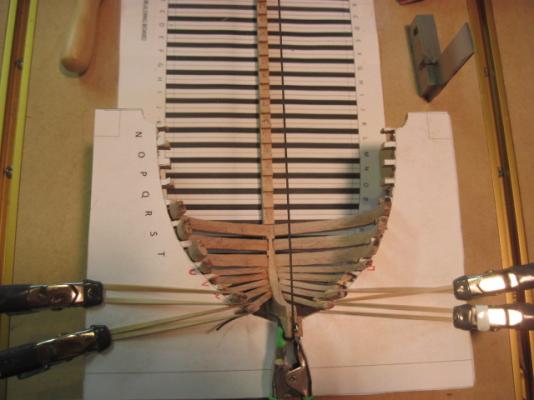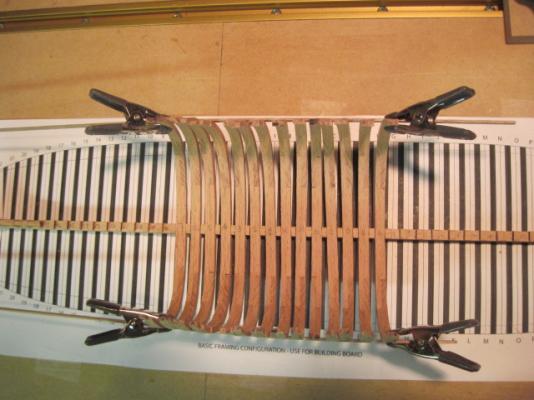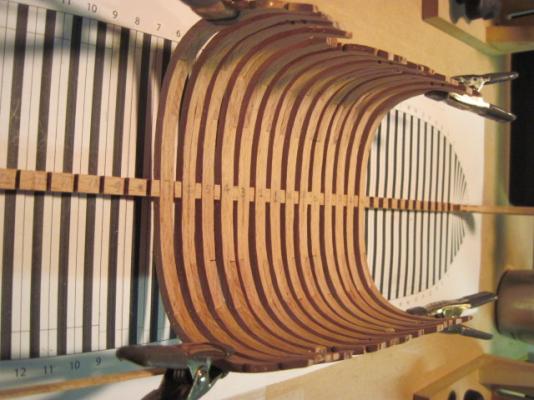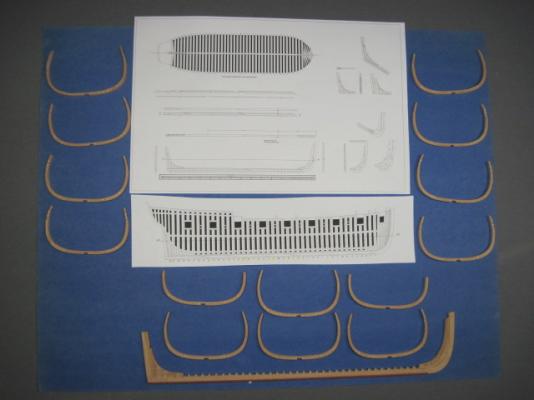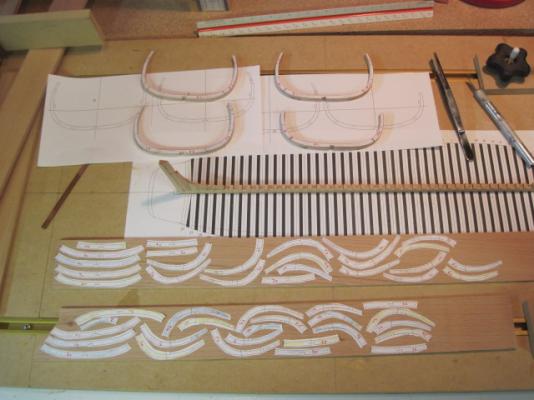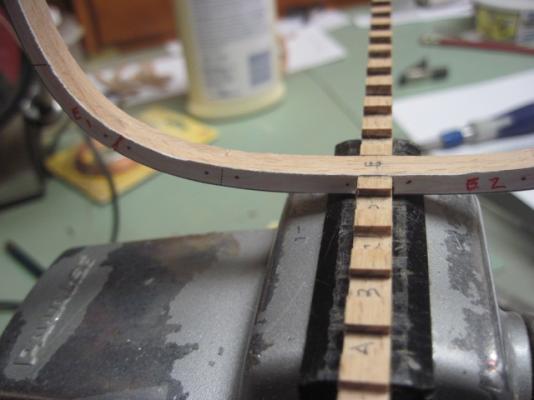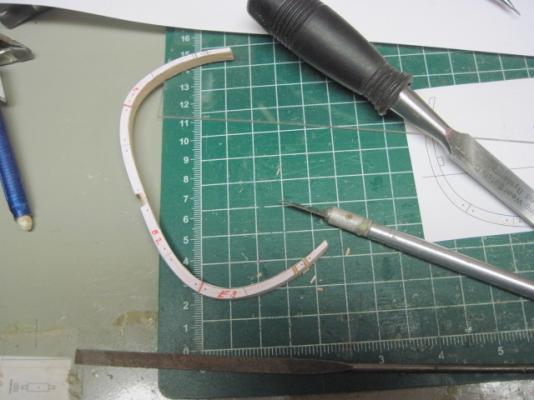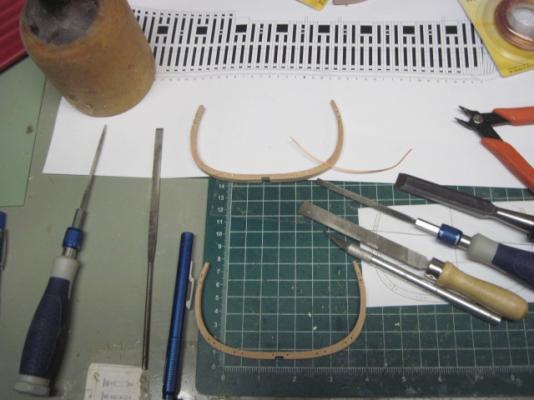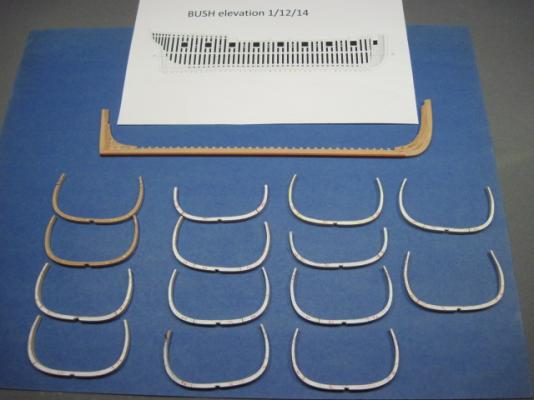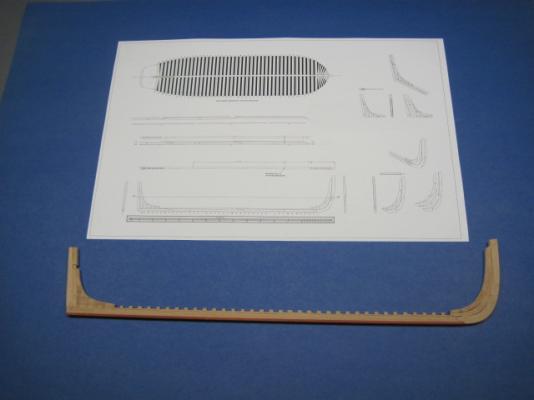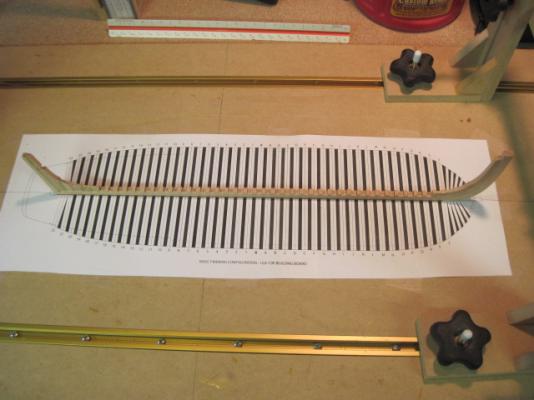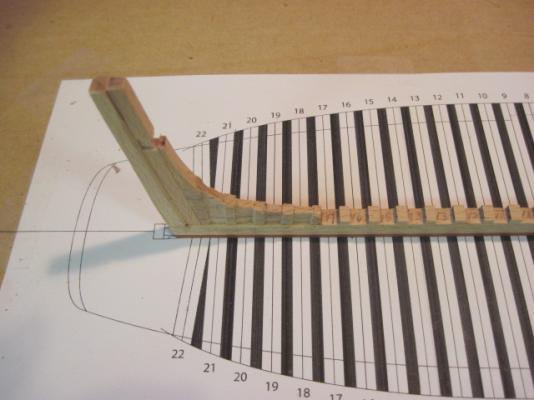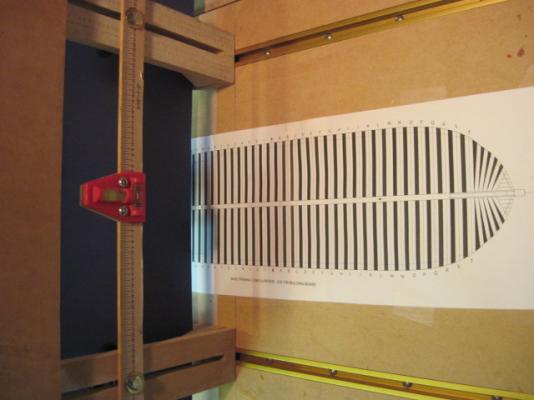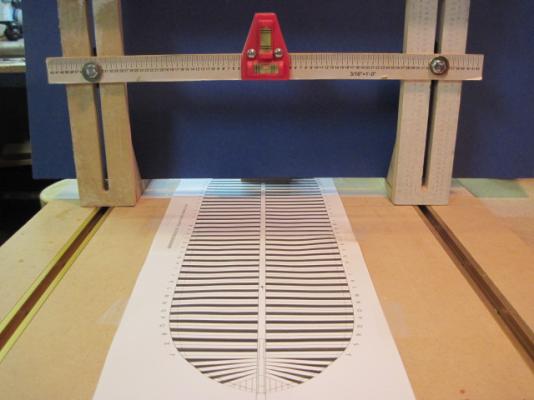-
Posts
439 -
Joined
-
Last visited
Content Type
Profiles
Forums
Gallery
Events
Everything posted by Mike 41
-
- 175 replies
-
- washington
- galley
-
(and 1 more)
Tagged with:
-
- 175 replies
-
- washington
- galley
-
(and 1 more)
Tagged with:
-
Hi Chuck, I think the British used the cannon ball method to shorten the mast before taking possession of their Prize. Mike
- 175 replies
-
- washington
- galley
-
(and 1 more)
Tagged with:
-
Thanks Nils, The framing is going very well and I expect to start the fairly soon. There is a lot of great builds on the site and I hope she will slide into the middle when complete. Hi Chuck, The Washington in the painting certainly could be my ship. The lines are about the same. It does look like the forward mast was shortened by the British some.. You are doing excellent work on the Philadelphia. Mike
- 175 replies
-
- washington
- galley
-
(and 1 more)
Tagged with:
-
The keelson is made with five pieces and I used 20 gauge brass pins at each joint. I also installed the mast and capstan steps at this time.
- 175 replies
-
- washington
- galley
-
(and 1 more)
Tagged with:
-
Hi Chuck, I talked to Jeff Staudt the designer of the Washington model plans and he said there was eight different ships named USS Washington and his plans are for the third USS Washington. I had mistakenly listed the history for the second USS Washington and will revise her history to correct the mistake. The answer to your question is she was one of the galleys used on Lake Champlain. Thanks for your question it is good to know which ship I am building. LOL Mike
- 175 replies
-
- washington
- galley
-
(and 1 more)
Tagged with:
-
Hi Daniel, This set of photos shows where the main strength of the stern comes from and after it is planked it becomes very strong. I will be glad to answer any questions you have. I think the photos are fairly explanatory. I used another low tech jig to install the stern dead wood with.
- 175 replies
-
- washington
- galley
-
(and 1 more)
Tagged with:
-
- 175 replies
-
- washington
- galley
-
(and 1 more)
Tagged with:
-
- 175 replies
-
- washington
- galley
-
(and 1 more)
Tagged with:
-
Hi Daniel, The thickness of the stern posts is 4 mm. The stern is not very sturdy at this point. It gets a lot stronger once the deadwood is in place. I will post some photos showing the installation of the deadwood today. Mike
- 175 replies
-
- washington
- galley
-
(and 1 more)
Tagged with:
-
Thanks Joe, I like to keep things simple. Senior ole salt Thank you. I am glad you like the photos. Mike
- 175 replies
-
- washington
- galley
-
(and 1 more)
Tagged with:
-
Thanks JesseLee, I am glad you like the photos. Mike
- 175 replies
-
- washington
- galley
-
(and 1 more)
Tagged with:
-
Thanks Patrick, She will be planked from the waterline up and with standing rigging only. I plan on leaving part of the deck planking off to show to show the lower deck details. Mike
- 175 replies
-
- washington
- galley
-
(and 1 more)
Tagged with:
-
- 175 replies
-
- washington
- galley
-
(and 1 more)
Tagged with:
-
Thanks Joe, I have used this building board for several builds and it has worked well on all of them. This set of photos shows the half frames on the stern section. I used a very simple jig to align the stern pieces with it is not a thing of beauty but seemed to work well.
- 175 replies
-
- washington
- galley
-
(and 1 more)
Tagged with:
-
- 175 replies
-
- washington
- galley
-
(and 1 more)
Tagged with:
-
- 175 replies
-
- washington
- galley
-
(and 1 more)
Tagged with:
-
The following set of photos show how I made the hawse pieces. I glued the hawse pieces into two blocks and roughed them out on the bandsaw and finished shaping them with a small drum sander.
- 175 replies
-
- washington
- galley
-
(and 1 more)
Tagged with:
-
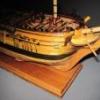
Pennsylvania by threebs - 1/72 scale
Mike 41 replied to threebs's topic in - Build logs for subjects built 1801 - 1850
Hi Greg, Excellent workmanship on your model of the Pennsylvania she is a real beauty. Ratlines always seem to take forever. Mike -
Hi Daniel, Thanks, I like to use ribbands on the amidships section and small jigs at the bow and stern. I won’t be filling the space between the frames on this ship but I will on my next build. I made a small saw tooth jig to hold the bow cant frames in place while the glue dried. These photos show how I used it.
- 175 replies
-
- washington
- galley
-
(and 1 more)
Tagged with:
-
Hi Daniel, The US galleys were mostly designed to operate in coastal waters and rivers and had broad beams (a lot like my wife) LOL. I am using 20 gauge brass wire to bolt the frames together it does a nice job. These photos show the framing plan and the frames being dry fitted in the keel.
- 175 replies
-
- washington
- galley
-
(and 1 more)
Tagged with:
-
Thanks Patrick, I will be posting a lot more pictures. Hi Daniel, Thanks she will make a nice looking model. I bought the level at Lowes and it is available thru the Inet. The frames are all double frames made from European Beachwood. This set of photos shows the frames being assembled.
- 175 replies
-
- washington
- galley
-
(and 1 more)
Tagged with:
-
This is a few photos of the keel assembly. The keel is made from European Beachwood and the false keel is rosewood.
- 175 replies
-
- washington
- galley
-
(and 1 more)
Tagged with:
-
History: Source DICTIONARY OF American Naval Fighting ships There had been eight different ships named USS Washington.The third Washington—a lateen-rigged, two-masted galley—was built on Lake Champlain at Skenesboro N.Y., in the autumn of 1776. On 6 October 1776, the galley joined the small fleet established and commanded by Brigadier General Benedict Arnold. Washington—commanded by Brigadier General David Waterbury, Arnold's second in command—was among Arnold's ships that anchored in the lee of Valcour Island to await the expected English move. When that lakeward push began, Capt. Thomas Pringle, RN, led a 25-ship fleet past Valcour Island on 11 October. Pringle sighted the American fleet after he had passed it and attacked from leeward. In the ensuing action, Washington suffered the heaviest damage of any ship in Arnold's fleet; Waterbury, her commander, subsequently reported that she was ". . . so torn to pieces that it was almost impossible to keep her above water." Arnold regrouped his shattered fleet and slipped past the British on 12 October with muffled oars, the Americans slipping noiselessly past Pringle's fleet in a desperate attempt at escape. However, after a long chase, the British caught the retreating Continental force the following day, on 13 October, at Split Rock near Crown Point. Arnold managed to beach and destroy four of the galleys and his own flagship, Congress, while most of the remaining ships escaped upriver. Only Washington —at the rear of the van—was captured by the enemy; she struck her colors, as Arnold reported later, "... after receiving a few broadsides." Washington was eventually taken into British service, apparently retaining her name, and was re-rigged as a brig. Her subsequent fate, however, is unrecorded. The Model: The model was designed by Jeff Staudt and is one of several he designed in a series of models of ships used during the war of 1812. The building board I use is a gantry type and I thought I would include a couple pictures of it with the framing plan in place.
- 175 replies
-
- washington
- galley
-
(and 1 more)
Tagged with:
About us
Modelshipworld - Advancing Ship Modeling through Research
SSL Secured
Your security is important for us so this Website is SSL-Secured
NRG Mailing Address
Nautical Research Guild
237 South Lincoln Street
Westmont IL, 60559-1917
Model Ship World ® and the MSW logo are Registered Trademarks, and belong to the Nautical Research Guild (United States Patent and Trademark Office: No. 6,929,264 & No. 6,929,274, registered Dec. 20, 2022)
Helpful Links
About the NRG
If you enjoy building ship models that are historically accurate as well as beautiful, then The Nautical Research Guild (NRG) is just right for you.
The Guild is a non-profit educational organization whose mission is to “Advance Ship Modeling Through Research”. We provide support to our members in their efforts to raise the quality of their model ships.
The Nautical Research Guild has published our world-renowned quarterly magazine, The Nautical Research Journal, since 1955. The pages of the Journal are full of articles by accomplished ship modelers who show you how they create those exquisite details on their models, and by maritime historians who show you the correct details to build. The Journal is available in both print and digital editions. Go to the NRG web site (www.thenrg.org) to download a complimentary digital copy of the Journal. The NRG also publishes plan sets, books and compilations of back issues of the Journal and the former Ships in Scale and Model Ship Builder magazines.


